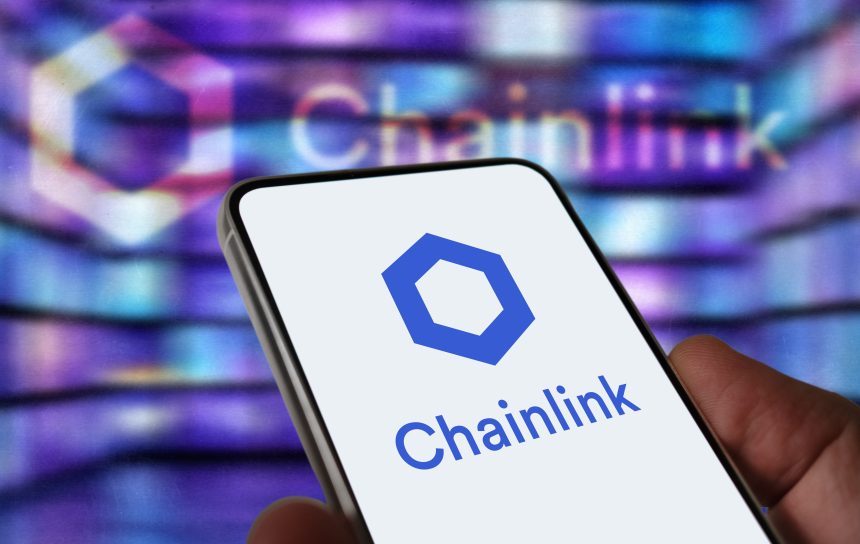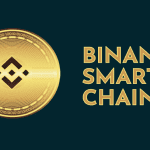Blockchains are amazing, but they live in their own little worlds—perfect, precise, and completely cut off from reality. They can’t see what’s happening outside. That’s where oracles step in. They’re the translators, the messengers that connect blockchains to the real world. They bring in live data prices, weather, events, anything and turn it into something the blockchain can understand and act on. And while people love to say blockchains are “trustless,” oracles show that trust doesn’t disappear it just changes shape. Instead of trusting people, you trust the design: signatures, secure hardware, and verified data from multiple sources all working together to tell the truth.
The structure behind it all is surprisingly graceful. Picture it like a relay team: Source → Adapter → Validator → Aggregator → Attestor → On-chain submitter → Monitoring. Each stage plays its role. The source gathers the data. The adapter shapes it into something usable. Validators check that nothing’s off. Aggregators balance out differences. The attestor stamps it with integrity. Then the submitter pushes it on-chain, while monitoring keeps a close eye to make sure nothing slips. It’s teamwork between code and truth.
Security is the foundation it has to be. Oracles face real world risks: corrupted feeds, stolen keys, tampered data, even collusion between providers. So they protect themselves with serious defenses hardware security modules, trusted execution environments, threshold cryptography, and timestamped commit-reveal systems that make sure no one can rewrite history. It’s not just about trust; it’s about proof that can’t be faked.
But even the strongest systems need to be seen to be believed. That’s why oracles are built for transparency. They define clear standards freshness, uptime, accuracy and make all that visible. You can actually watch it live: dashboards showing performance, transaction hashes, and validation proofs. It’s the kind of openness that builds confidence, not just promises it.
You’ll find oracles quietly running the backbone of Web3. They power DeFi price feeds, track shipments in global supply chains, trigger automatic insurance payouts, measure renewable energy outputs, and verify identities on-chain. Building one takes patience defining triggers carefully, picking redundant data sources, coding verifications directly into smart contracts, and testing everything again and again until it’s rock solid.
The future looks even more interesting. We’re seeing oracles evolve into smarter, more private systems like confidential oracles protected by zero knowledge proofs and secure enclaves. Programmable aggregation is giving them the ability to adapt dynamically. And as blockchains become more interconnected, cross-chain oracle meshes are emerging webs of truth that span entire ecosystems. Governance is shifting too, rewarding honesty and reliability instead of control or dominance.
At the end of the day, oracles give blockchains something they never had before: awareness. They pull real world signals into digital certainty. They turn raw information into auditable truth, connecting two worlds that were never meant to touch. Securely. Reliably. In real time.






















